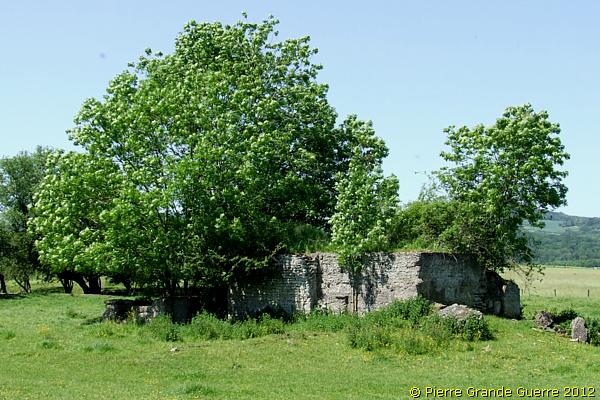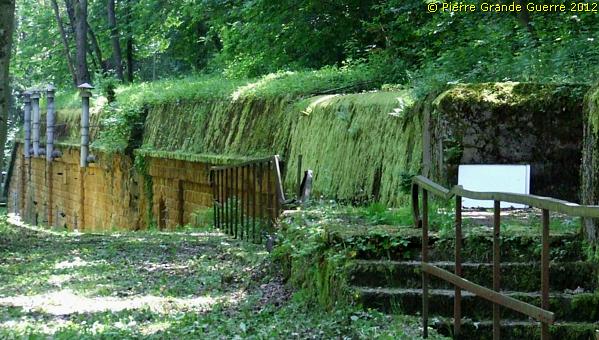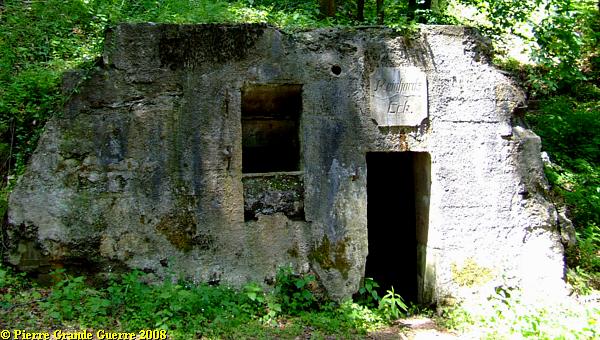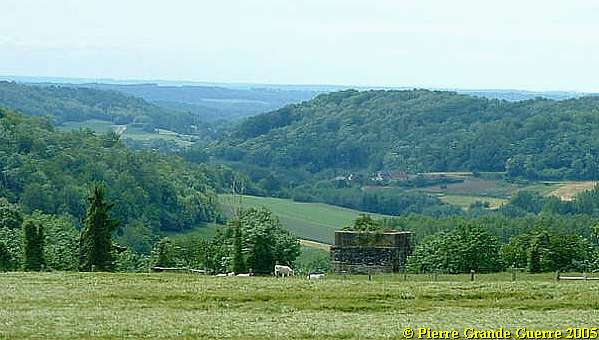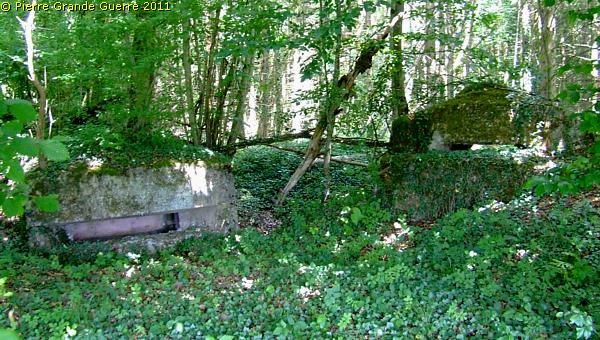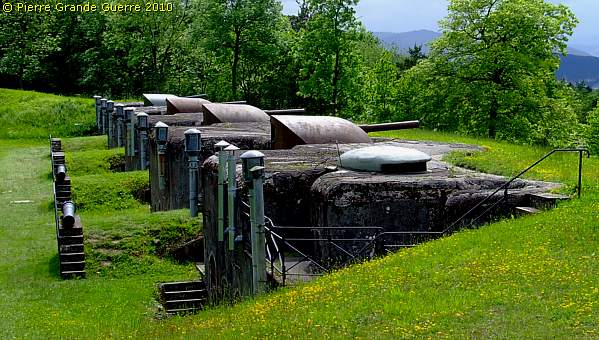St. MIHIEL SALIENT - Calonne Trenches - Tranchée de Calonne
- by duda-wsm
- •
- 19 Apr, 2019
- •
Year of visit: 2006
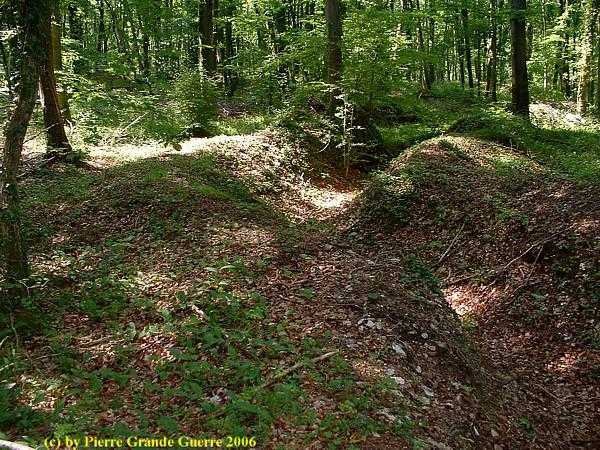
We follow the DSt 3A southward. On both sides of the road we will find traces of the extended trenchs systems of the infamous "Tranchée de Calonne". This photo impression will finish at the war time grave of the French author, Lieutenant Alain Fournier.
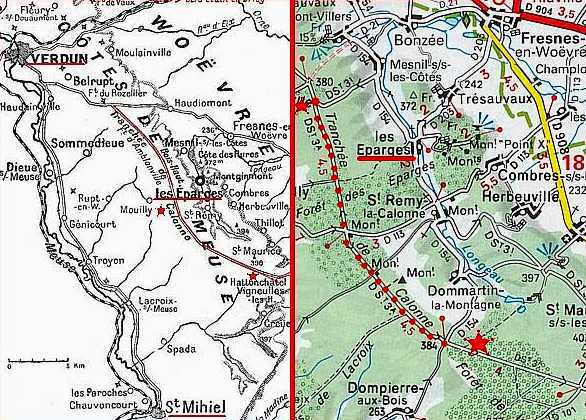
The road had been named after France's Minister of Finance under Louis XVI, Count de Calonne, on whose initiative this road was made to reach his nearby Chateau.
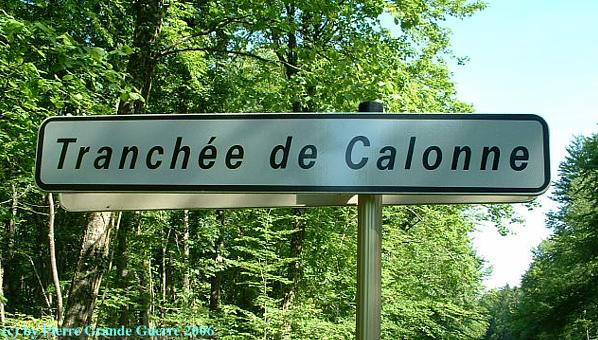
During the war the German and French trench systems were on both sides of the road in the woods.
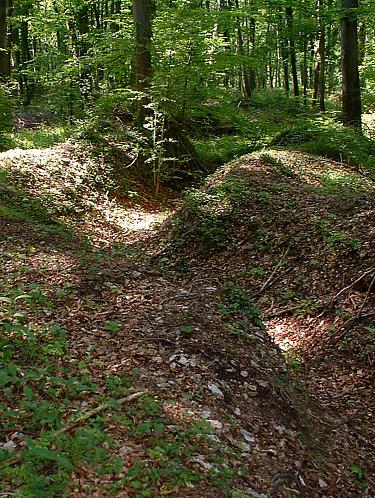
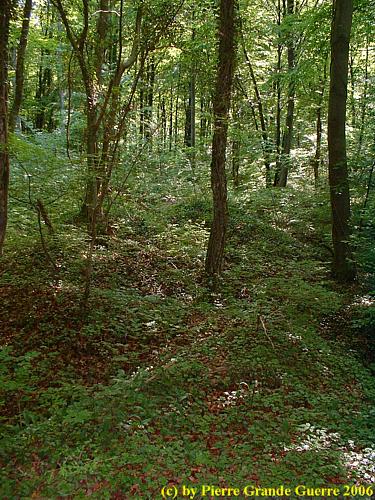
Nowadays one can still find a lot of relics and traces of the trenches in these woods.
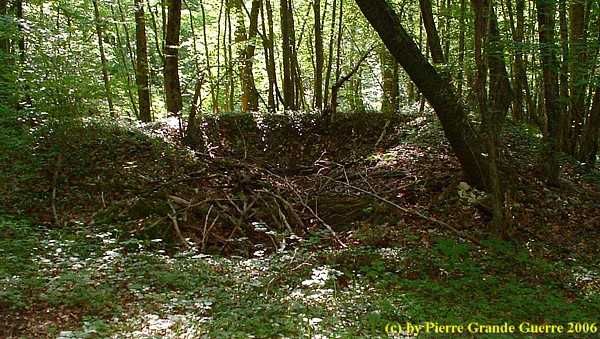
Relics of observation posts, barbed wire, shelters, and dressing stations seem only to be spotted by an observant eye.
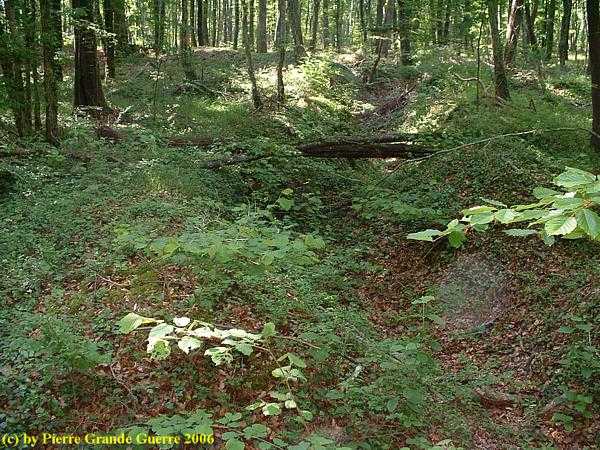
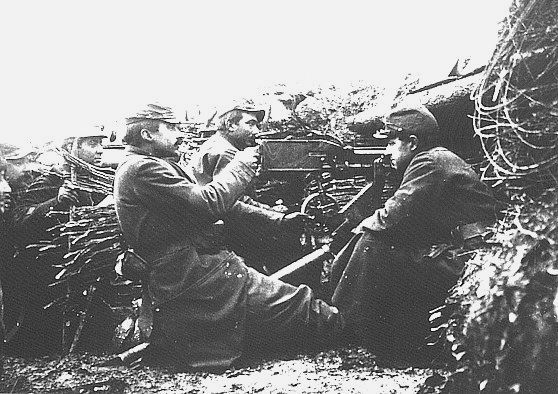
Along the road and in the wood you wil find some private memorials ...
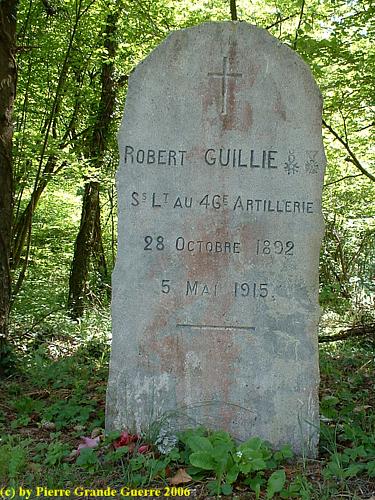
... commemorating a soldier, fallen nearby or on the spot of the small memorials.
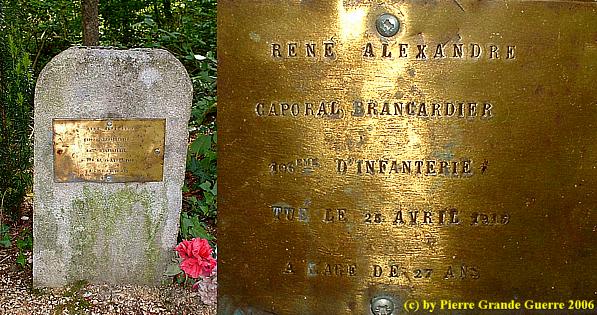
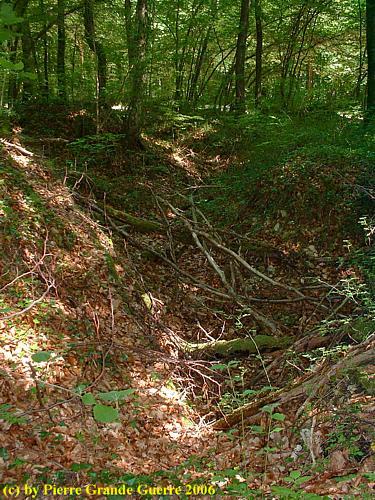
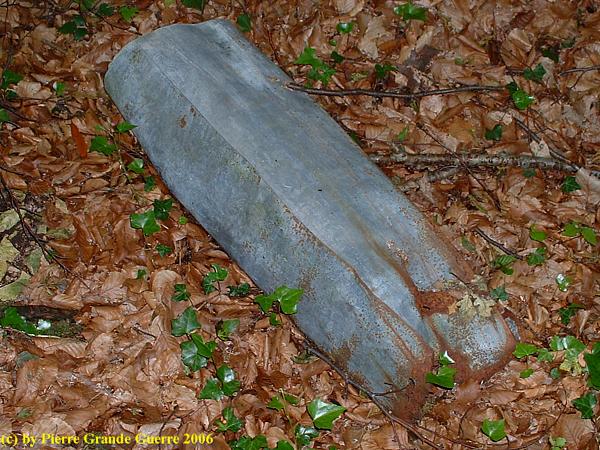
A memorial commemorating the fights of the French 54th Infantry Regiment (54e R.I.) and it's fallen soldiers in this front sector from 22 September 1914 until 2 August 1915.
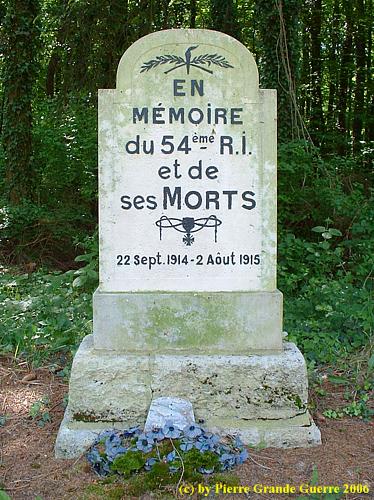
Along the road stands this cross in memory of the French author, Henri Alain Fournier, who disappeared during an action in this sector on 22 September 1914.
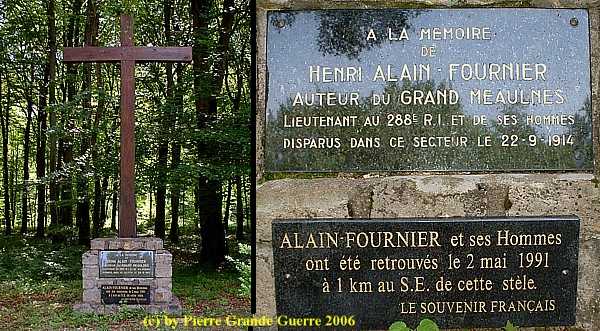
We enter the woods for a walk of about 1 kilometer, to the spot, where his body has been found in 1991.
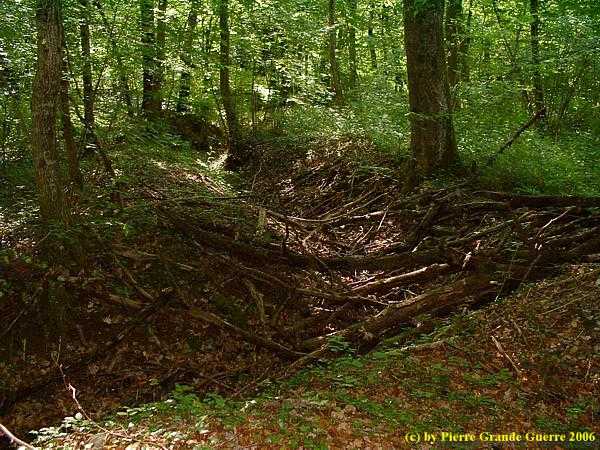
This is is the spot where the brother in law of Alain Fournier, after years of study and searching, located the bodies of Fournier and some of his men on 2 May 1991.
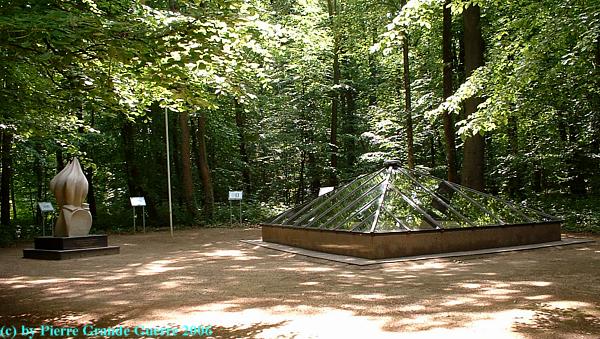
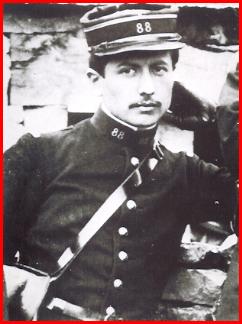
Alain Fournier was a much promising poet and author in the French literature. In 1913 his only novel was published: “Le Grand Meaulnes”. It became immediately a big success. Nowadays this book is still a highly estimated cult work in France. On 1 August 1914 Fournier rejoined his 288th Infantry Regiment. On 22 September 1914 Lieutenant Fournier and his men were on a reconnaissance mission. They disappeared fighting on this location along the Tranchée de Calonne. In 1991 Jacques Rivier, Fournier’s brother in law, succeeded lo locate this ditch. Rivier found 3 officers, amongst them Fournier, and 15 soldiers. Their mortal remains have been buried in the St. Remy-la-Calonne Cemetery. |
The Memorial Flame with Fourniers book and képi.
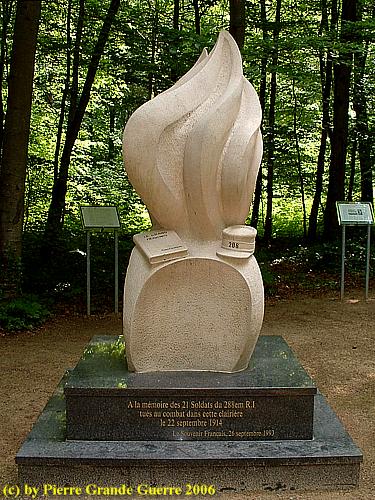

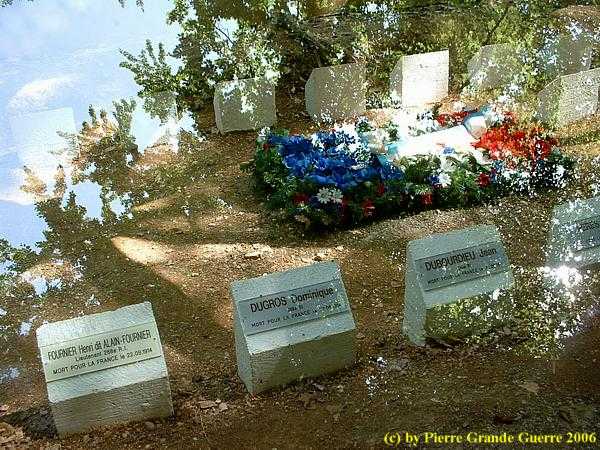
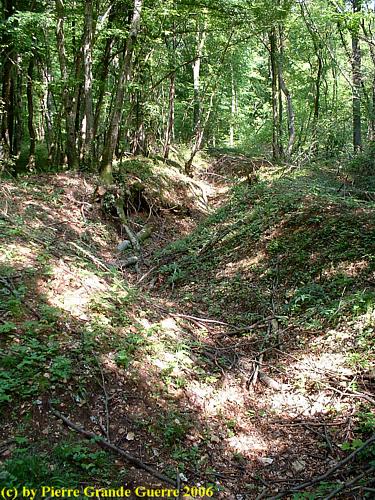
We continue southward to the Forêt d'Apremont or Apremont Forest.
Continue to: "Apremont Forest Trenches"
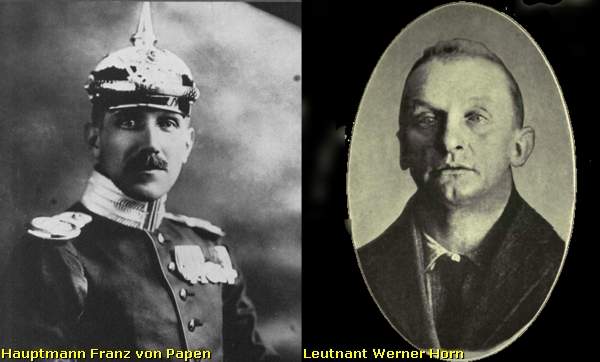
Inleiding: Franz Von Papen & Werner Horn; schaker en pion
Onlangs stuitte ik in een oud boek (1) van 1919 op een opmerkelijk verhaal over een Duitse Luitenant, die in begin februari 1915 een half geslaagde bomaanslag pleegt op een spoorbrug over een grensrivier tussen de Verenigde Staten en Canada. Ook al staat de bekentenis van de dader, Werner Horn, deels in het boek te lezen, de naam van zijn opdrachtgever zal Horn blijven verzwijgen. Na wat verder zoeken vond ik ook de naam van Horn’s opdrachtgever, Franz von Papen, een van de aangeklaagden van het latere Neurenberg Proces in 1946.
In een Grote Oorlog als de Eerste Wereldoorlog is Horn’s aanslag op de brug uiteraard slechts een bescheiden wapenfeit. Toch vermoed ik dat dit relatief onbekende verhaal, dat de geschiedenis is ingegaan als de “ Vanceboro International Bridge Bombing ”, nog interessante kanten kent. Het is onder andere een spionageverhaal over hoe in een groter plan een sluwe schaker zijn naïeve pion offert.
Beknopte situatieschets Canada en de Verenigde Staten in 1915

This trip we start at the Léomont near Vitrimont and we will with some exceptions concentrate on the Battle of Lorraine of August-September 1914 in the area, called, the “Trouée de Charmes”, the Gap of Charmes.
After the Léomont battlefield we continue our explorations to Friscati hill and its Nécropole Nationale. Next we pay a visit to the battlefield of la Tombe to go on to the Château de Lunéville. There we cross the Vezouze to move on southward to the Bayon Nécropole Nationale. At Bayon we cross the Moselle to pass Charmes for the panorama over the battlefield from the Haut du Mont. North-west of Charmes we will visit the British Military Cemetery containing 1918 war victims. From Charmes we go northward to the battlefield of the First French Victory of the Great War, the Battle of Rozelieures of 25 August 1914. North of Rozelieures we will visit the village of Gerbéviller. From there we make a jump northward to visit the ruins of Fort de Manonviller to finish with an interesting French Dressing Station bunker, west of Domjevin.
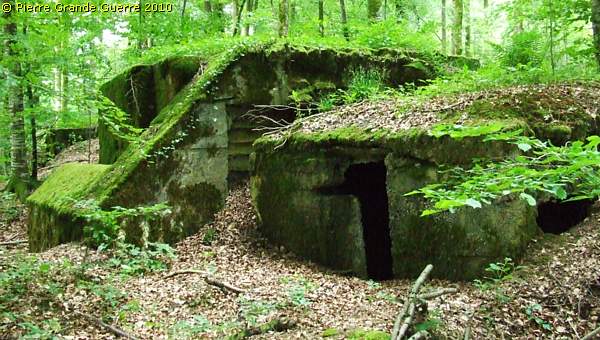

During this visit, we try to focus on the day that the momentum of the battle switched from the French side to the advantage of the Bavarian side: the day of 20 August 1914, when the Bavarians rapidly re-conquered the territory around Morhange , being also the day of the start of their rather successful “Schlacht in Lothringen”.
We will visit beautiful landscapes of the "Parc Naturel Régional de Lorraine", memorials, ossuaries, and cemeteries. Sometimes we will divert to other periods of the Great War, honouring Russian and Romanian soldiers, who died in this sector. We start our route at the border village of Manhoué, and via Frémery, Oron, Chicourt, Morhange, Riche, Conthil, Lidrezing, Dieuze, Vergaville, Bidestroff, Cutting, Bisping we will finish in Nomeny and Mailly-sur-Seille, where the Germans halted their advance on 20 August 1914, and where they constructed from 1915 some interesting bunkers.
